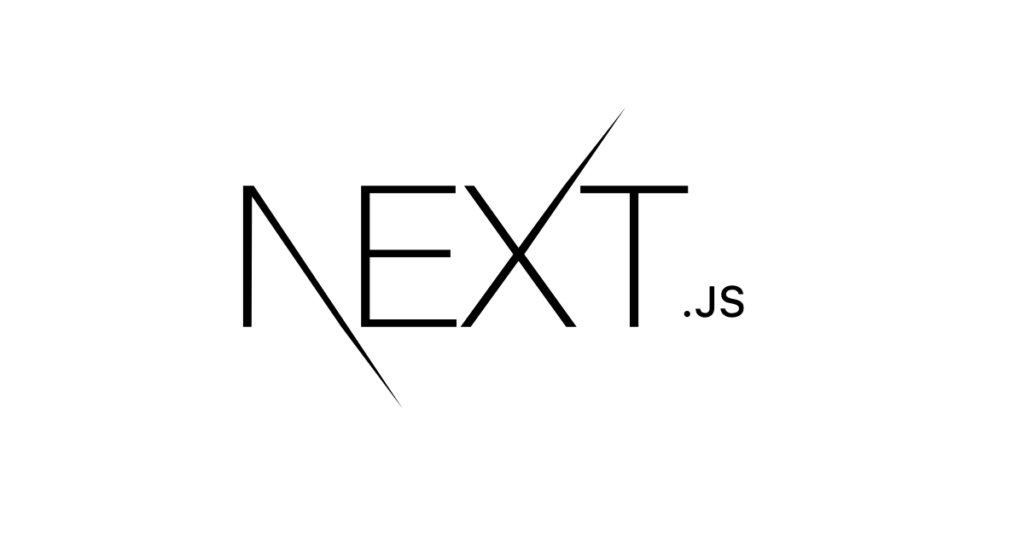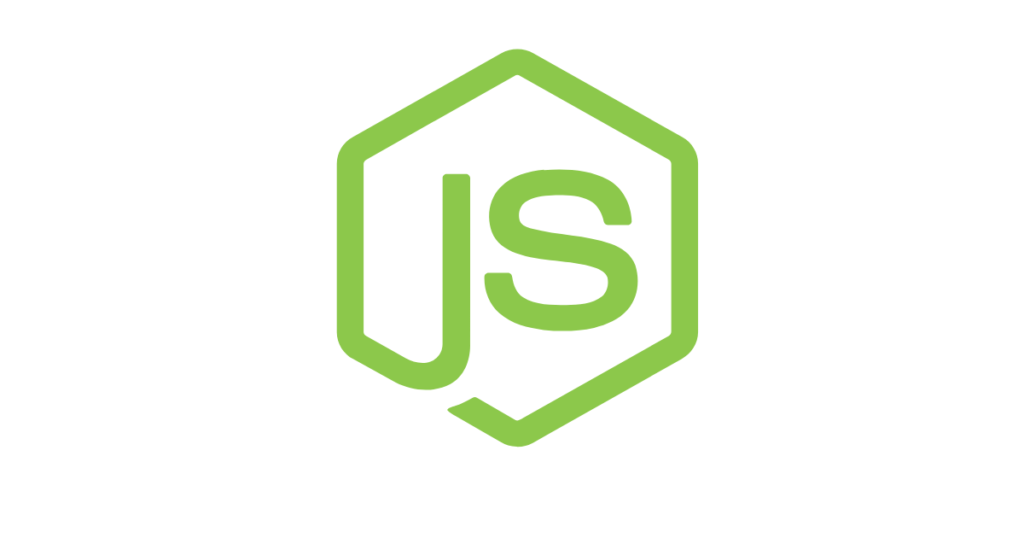Today blog about next js course free how to download now || next js course free how to download how to free download.
Next.js is a popular open-source React framework for building web applications. It is designed to make it easy to create production-ready and performance-optimized React applications with a focus on developer experience and scalability. Here are some key features and concepts associated with Next.js:
- React Framework: Next.js is built on top of React, utilizing its component-based architecture for building user interfaces.
- Server-side Rendering (SSR): Next.js provides built-in support for server-side rendering, which means that pages can be generated on the server before being sent to the client. This can improve performance and is beneficial for SEO.
- Static Site Generation (SSG): In addition to SSR, Next.js supports static site generation. It allows you to pre-render pages at build time, resulting in static HTML files that can be served directly by a CDN (Content Delivery Network) for even faster loading times.
- Automatic Code Splitting: Next.js automatically splits your JavaScript code into smaller chunks, allowing for efficient loading of only the necessary code for a particular page.
- Routing: Next.js has a file-system-based routing system, making it intuitive and easy to set up routes for your application. Simply create a file in the
pagesdirectory, and it becomes a route. - API Routes: Next.js allows you to create API routes easily, making it convenient to build backend functionality directly within your application.
- CSS-in-JS Support: Next.js has built-in support for styling with CSS-in-JS libraries like Styled Components and Emotion.
- Plugins and Customization: It provides a flexible plugin system and supports custom configurations, allowing developers to tailor the framework to their specific needs.
- TypeScript Support: Next.js has excellent support for TypeScript, making it easy to integrate static typing into your application.
- Development and Production Environments: Next.js includes a development server with hot module replacement for a smooth development experience, as well as tools for building and optimizing your application for production.
Overall, Next.js simplifies the development process for React applications by providing a set of conventions and tools that address common challenges faced by developers, such as performance optimization, routing, and server-side rendering.
Learning Next.js involves a combination of understanding React fundamentals and mastering the specific features and concepts introduced by Next.js. Here’s a step-by-step guide to help you learn Next.js:
Prerequisites:
- Basic HTML, CSS, and JavaScript: Ensure you have a solid understanding of these fundamental web technologies.
- next js course free how to download kaise kare.
- React Basics: Familiarize yourself with React since Next.js is built on top of it.
Step-by-Step Learning Path:
- Official Documentation:
- Start by going through the official documentation for Next.js. It provides a comprehensive guide and covers the core concepts. Follow the installation instructions and build a basic understanding of the framework.
- next js course free how to download just click here.
- Create a Sample Project:
- Create a simple Next.js project by following the examples in the documentation. Experiment with the project structure, routing, and basic features.
- Dynamic Pages and Data Fetching:
- Learn how to create dynamic pages using parameters and query strings. Explore data fetching options like
getStaticPropsandgetServerSideProps.
- Static Site Generation (SSG) and Server-Side Rendering (SSR):
- Understand the concepts of static site generation and server-side rendering. Experiment with different scenarios where each approach is beneficial.

- API Routes:
- Learn how to create API routes within your Next.js application. This is useful for building backend functionality.
- Styling in Next.js:
- Explore styling options in Next.js. It supports various approaches, including CSS-in-JS libraries, global styles, and module styles.
- Routing in Next.js:
- Dive deeper into the routing system. Learn about nested routes and dynamic routing patterns.
- Middleware and Custom Server:
- Explore advanced features like middleware and custom server configurations.
- TypeScript with Next.js:
- If you are comfortable with TypeScript or want to learn it, integrate TypeScript into your Next.js project.
- Authentication and Authorization:
- Learn how to implement authentication and authorization in a Next.js application. Understand how to secure your pages and API routes.
- Optimizations and Deployment:
- Explore performance optimizations, such as image optimization, code splitting, and lazy loading. Learn how to deploy a Next.js application to a hosting platform like Vercel or Netlify.
- Real-world Projects:
- Practice your skills by building real-world projects. Consider projects that involve API integrations, user authentication, and dynamic content.
- Community and Resources:
- Join the Next.js community on forums, social media, or other platforms. Follow blogs, tutorials, and stay updated on new features and best practices.
- Continuous Learning:
- Next.js evolves, and new features are introduced. Stay engaged with the community, read documentation updates, and keep improving your skills.
- next js course free how to download
Remember, hands-on practice is crucial in mastering Next.js. Build projects, experiment with different features, and seek help from the community when needed. Additionally, consider exploring related technologies and tools commonly used with Next.js, such as GraphQL and serverless functions.
Learning Next.js can be made easier by breaking down the process into manageable steps and focusing on practical, hands-on experience. Here’s an easy way to learn Next.js:
1. Prerequisites:
- Ensure you have a basic understanding of HTML, CSS, and JavaScript.
- Familiarize yourself with React basics, as Next.js builds on React.
2. Quick Setup:
- Start by creating a new Next.js project using the official documentation’s getting started guide. Follow the simple steps to set up your development environment.
3. Play with Routing:
- Understand Next.js’s file-system-based routing. Create a few pages in the
pagesdirectory and observe how they automatically become routes.
4. Dynamic Pages:
- Experiment with dynamic pages using parameters and query strings. Create pages that respond to different routes dynamically.
- next js course free how to download
5. Data Fetching:
- Explore basic data fetching with
getStaticPropsandgetServerSideProps. Create pages that fetch data and display it on the frontend.
6. API Routes:
- Learn how to create API routes within your Next.js application. Experiment with simple backend functionality.
7. Styling:
- Experiment with styling options in Next.js. Start with simple CSS, and then explore CSS-in-JS libraries like Styled Components.
8. Deployment:
- Deploy your Next.js project to a hosting platform like Vercel or Netlify. Follow the deployment guides provided by these platforms.
9. Real-world Projects:
- Challenge yourself by building small real-world projects. For example, create a blog with dynamic pages, integrate a public API, or implement user authentication.
10. Documentation and Examples:
- Use the official Next.js documentation as your primary learning resource. It’s well-organized and provides examples for various features.
- next js course free how to download
11. Community and Online Tutorials:
- Join the Next.js community on forums like GitHub Discussions, Stack Overflow, or Reddit. Engage with the community, ask questions, and learn from others’ experiences. Follow online tutorials for specific topics you want to explore.

12. Continuous Learning:
- Stay curious and keep exploring advanced features as you become more comfortable with the basics. Follow updates on Next.js releases and try out new features.
- next js course free how to download how posiber.
13. Build Incrementally:
- Don’t try to learn everything at once. Build incrementally, focusing on one feature or concept at a time.
14. Feedback Loop:
- Build a feedback loop by regularly checking the results of your work. Observe how changes in your code impact the application.
15. Enjoy the Process:
- Learning should be enjoyable. Celebrate your achievements, and don’t hesitate to experiment and make mistakes. It’s part of the learning process.
- next js course free how to download free
By taking these steps, you can gradually build your skills and confidence with Next.js while creating practical applications. The key is to balance theoretical knowledge with hands-on practice and to enjoy the learning journey.
♻️Share And Support us♻️
Course Teacher : – next js course free how to download
Course Language : English
Course Size : 2GB+
Course Real Price : Around 5000+
Course : next js course free how to download
next js course free how to download free Click For Download :

password : d5L3U2qrt6X3GDIGXp9tHg
next js course free how to download free To Our Telegram Group :

